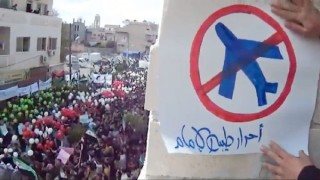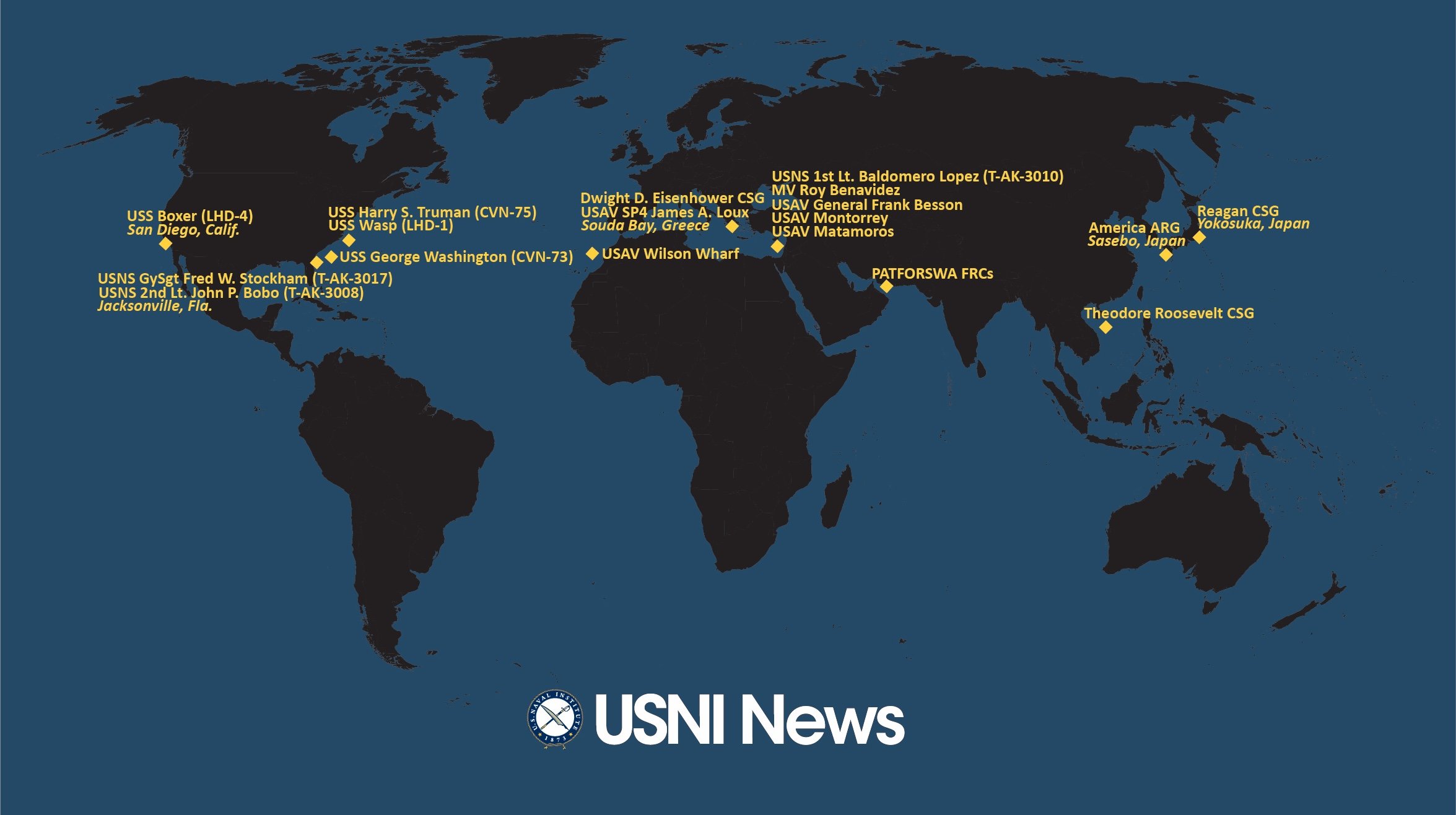
With the human toll mounting, the United States getting more involved in training, aid, and arms transfers, and continued calls for intervention, U.S. policymakers are grappling with the administration’s relatively non-interventionist stance on Syria. U.S. concerns about the increasing power of jihadist groups within rebel ranks, the possibility of loose chemical weapons, and the overarching desire to shorten the conflict remain. How has the course of events changed the logic of a no-fly zone, or intervention to secure chemical weapons?
The conflict has seen significant damage to Syrian military capabilities. Rebels have struck surface-to-air missile sites and airfields. Most reports indicate that the majority of Syrian air force and air defense assets remain under government control, but between degraded military capabilities and increasing rebel cohesion and competency, is now the time for a no-fly zone?
A no-fly zone has always been feasible, as Director of National Intelligence James Clapper noted in recent testimony. The question, however, is whether the amount of diverted resources and risk would yield commensurate benefits. The least risky options suggested—such as enforcing a no-fly zone with Patriot missiles—would yield the fewest benefits. Redeploying Patriots close to the border could permit engagements 30-60 miles (50-100 km) inside Syrian territory, but as researchers Shashank Joshi and Aaron Stein point out, deployments in Turkey are oriented around missile defense. A Patriot-enforced no-fly zone would be inefficient—affecting only small parts of Syria—and with a suboptimal tool for attacking helicopters and attack aircraft, and it would also strain their original purpose of preventing Syrian ballistic-missile strikes against its neighbors.
More important, missiles would not accomplish airpower’s critical contribution in Libya, where airstrikes engaged Libyan ground forces almost immediately. While denying the Syrian government the ability to use aircraft is important, the Syrian military still possesses significant ground capability. A no-fly zone would still leave the Syrian army with ballistic missiles, thousands of pieces of artillery and armor, and its soldiers and paramilitaries.
While a massive air campaign could shorten the conflict between the rebels and the regime, would it help the United States secure its long-term objectives? An early and aggressive air campaign against the Libyan government, with a relatively much weaker military than Syria’s, still took months to collapse the regime while rebel groups improved their combat power. In Syria, however, U.S. policymakers are not simply concerned about helping the rebels, but helping those most friendly to the United States. Could an air campaign ensure that pro-U.S., or at least non-jihadist groups, take the lead in Syria?
Unfortunately, the policy options for checking jihadist groups in Syria are poor. Airstrikes against the regime help all rebel groups, and the transfer of weapons from secular and mainstream groups to jihadist ones demonstrates the difficulty of engineering a political balance through blunt military instruments. Building up pro-U.S. forces would require not simply a blanket bombing of the regime, but ground advisers operating in combat zones, as in Libya. Indeed, ground advisers were also critical simply in increasing the efficacy of airpower.
While rebel camps in Jordan and Turkey do provide some training, a more forward posture, involving large numbers of special forces or CIA paramilitaries working alongside rebels in the battlefield, would be the first step in seriously shifting the ground balance between rebel groups. However, such a campaign could easily overtax special forces and paramilitary operations personnel needed for a wide variety of counterinsurgency and counterterrorism roles, from Africa to Asia, and would undercut the advantages of a “no U.S. boots on the ground” war. Even then, the end of war with the regime would not be the end of U.S. concerns about jihadist movements. Ensuring the triumph of relatively pro-U.S. Syrian forces over jihadist groups will mean renewed conflict between rebel factions, and as the large jihadist presence in Benghazi demonstrates, past military support does not guarantee the loyalty or capability of the new regime’s forces to crack down on malignant factions.
Nor would an air campaign without an even larger ground presence adequately address the issue of chemical weapons. As discussed previously, tracking and destroying chemical weapons without a ground presence is a serious challenge even for U.S. forces. Also problematic is safely destroying or at least securing such weapons from dangerous actors. An air campaign, which might prompt the regime to disperse and conceal chemical weapons to protect them from attack, or for those guarding sites to desert for their own safety, would magnify, not solve, the question of securing chemical stockpiles. While rebel combat capability is improving, it seems unlikely that pro-U.S. rebels could secure a chemical stockpile the size of Syria’s without significant Western technical and military aid on the ground.
While Syria’s tragic civil war undoubtedly poses compelling moral and strategic questions for the United States and its allies, even now the case for intervention remains murky. The least risky options pose few discernible benefits, while taking adequate steps to address the most alarming long-term strategic issues—the rise of jihadist groups and Syria’s chemical weapons—may significantly raise the risks relative to those of a conventional no-fly zone or the ongoing arming of rebel groups. Without a willingness to undertake a large and comprehensive military campaign, the West wants for a compelling solution to Syria’s woes.





